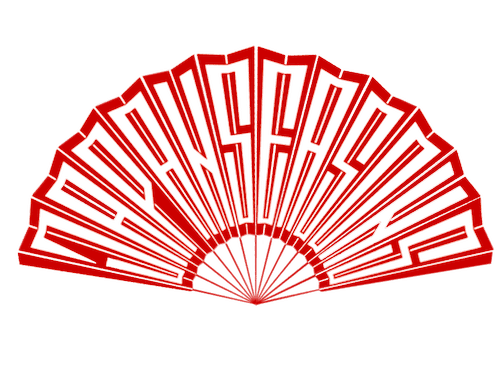Sanjusangen-do is the unofficial name for Rengeoin Temple in western Kyoto. The temple was built in the mid-12th century and is primarily known for the statues of the thousand-armed bodhisattva of mercy Kannon, which line the complex’s main hall. There are 1,001 statues of Kannon in Sanjusangen-do, surrounded by statues of the heavenly guardians, and two famous sculptures of the gods of Wind and Thunder. To accommodate so many human-sized statues, the longest wooden building in Japan was built: the complex’s main hall is 120 meters and 33 (sanjusan) bays long, hence its name “The Temple of Thirty-Three Bays.”
- Tours
- Kyoto – One Day Tour – Highlights
Kyoto One Day Tour “Kyoto sightseeing tour”
Hotel/Kyoto Station → Sanjusangen-do Temple → Nijo Castle → Nishiki market → Teramachi street → Fushimi Inari Shrine → Hotel/Kyoto Station
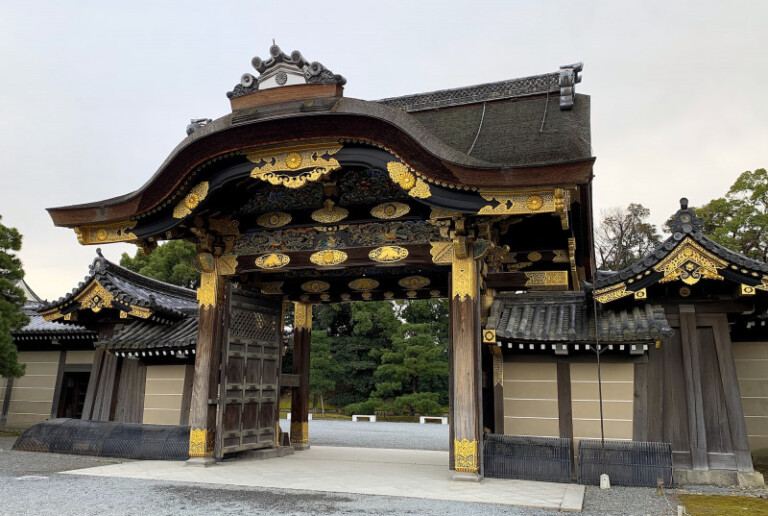
CUSTOMIZED ITINERARY FOR YOUR DATES
Dates
- One Day Tour
Duration
- 8 hours
Price
- Request
Daily itinerary
Kyoto One Day Tour, any time of the year
There are two interesting places in the center of Kyoto that you will walk through with your guide - Nishiki Market and Teramachi Street. You can also have lunch here. And at the end of the tour, you will visit the most popular shrine among foreign tourists - Fushimi Inari taisha with an endless corridor of red gates. [Read more...]
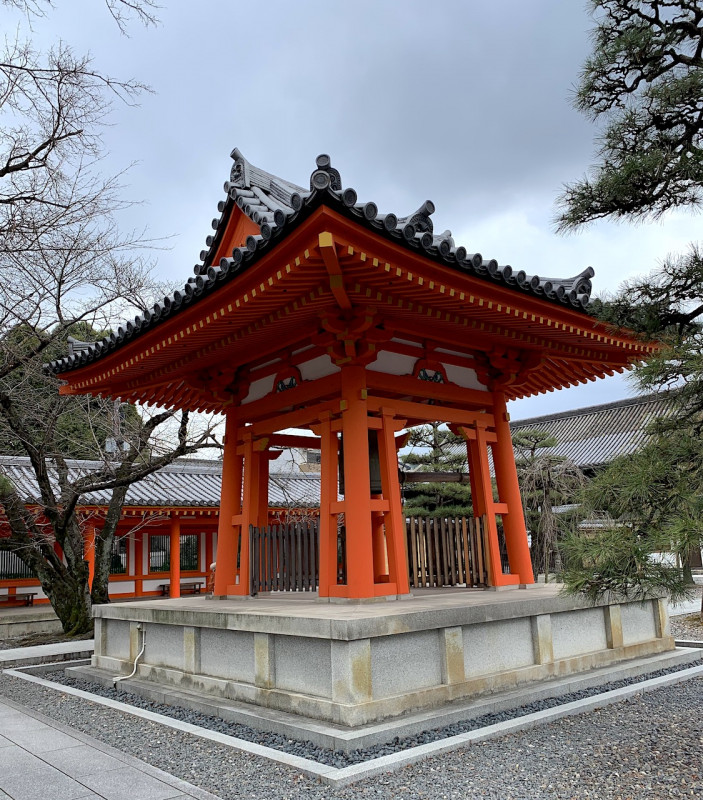
Sanjusangen-do Temple
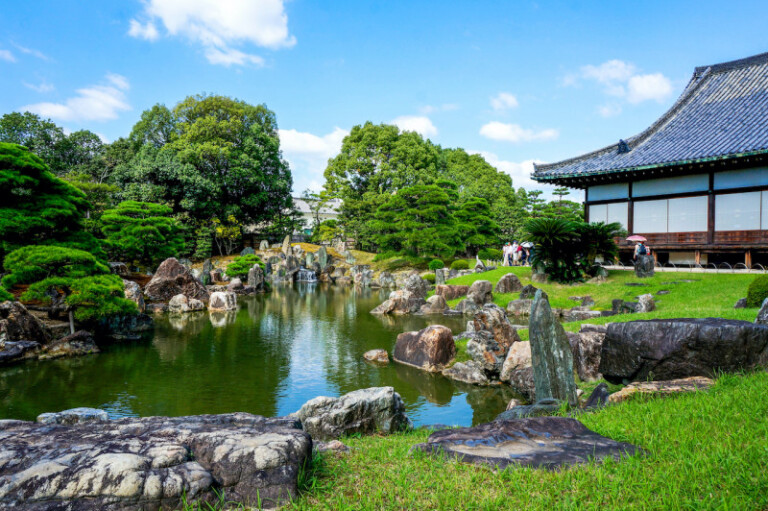
Nijo Castle (Nijo-jo)
Nijo Castle is a UNESCO World Heritage Site in Kyoto, built in the early 17th century for the powerful shogun Tokugawa Ieyasu. During his visits to the imperial capital, the shogun stayed in the castle with several ornate palaces and a beautiful garden. One of the complex’s palaces, Ninomaru, has survived to this day. The palace’s interior is painted by famous artists of the Kano school and is richly decorated with wood carvings and gold. Tokugawa Ieyasu himself admired the garden created by Kobori Enshu, the great master of the tea ceremony and landscape design.

Nishiki Market
Nishiki Market is a narrow, covered street paralleling one of Kyoto’s main avenues. It features more than 100 stores and restaurants specializing in food and tableware. Here you can find fresh seafood and vegetables, famous Kyoto pickles and sweets, dishes, knives, teas, and much more.
Many stores offer free or low-cost tastings of their most popular products. You can also sit in a small bar or restaurant and watch the lively life of this part of Kyoto, which has changed little in the last 400 years.
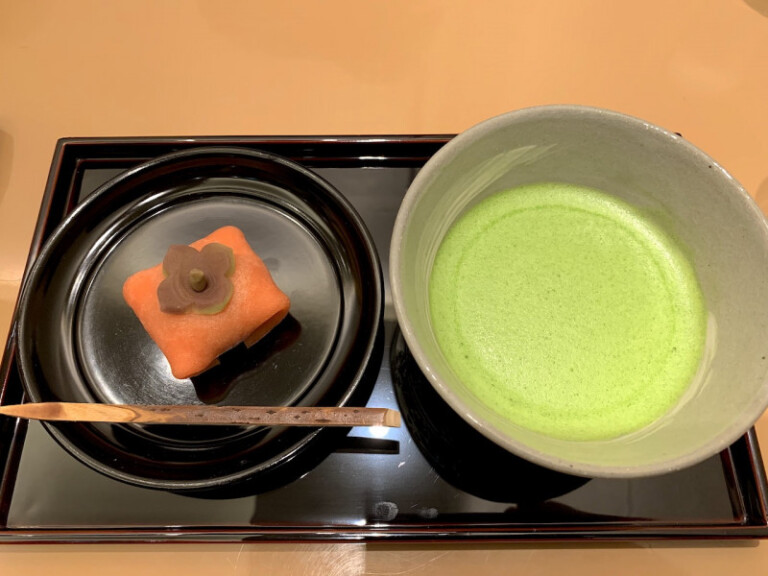
Teramachi Street
Teramachi Street is one of the most interesting historical streets in Kyoto. A thousand years ago, this area was home to the fashionable residences of those close to the emperor’s court. During the Middle Ages civil wars, this part of the city was almost destroyed. The mighty Toyotomi Hideyoshi renovated the war-torn capital and gathered Buddhist temples on this street, around which a shopping and artisan district eventually formed. Today, Teramachi Street features old temples, traditional and modern stores, and a variety of restaurants.
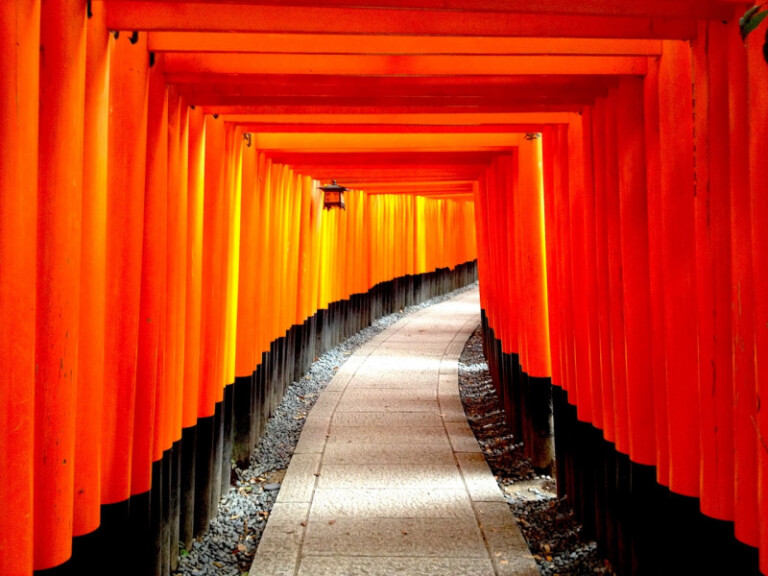
Fushimi Inari Shrine
Fushimi Inari Shrine is one of the most important shrines of the Old Capital and the head shrine for a network of over 32,000 subordinate shrines across the country.
The god Inari, to whom the shrine is dedicated, is considered the patron saint of rice farming and artisans, merchants, and business people in general. According to tradition, a generous offering can earn the god’s favor. In Fushimi Inari Shrine, the best gift is considered to be a temple gate-torii. The popularity of the god Inari can be judged by the fact that the entire shrine area is densely packed with thousands of red gates of various sizes, forming red corridors leading from the main altar to the top of the mountain.
